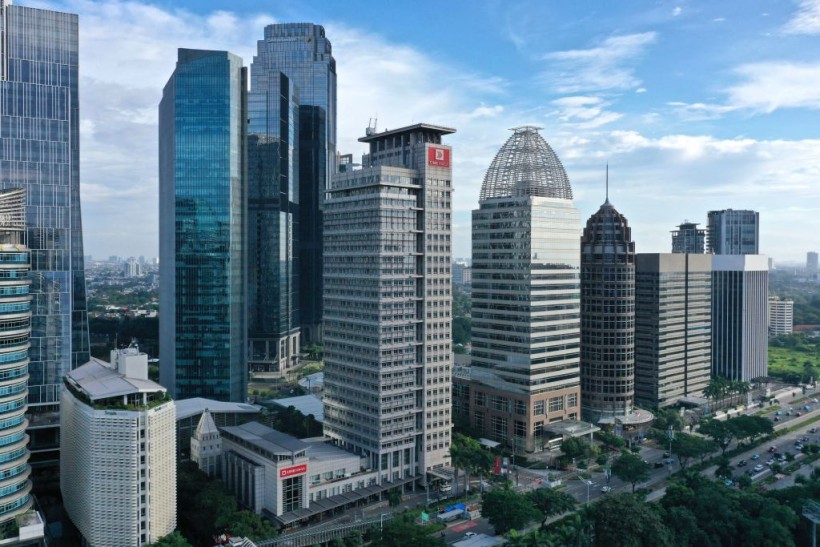40% of the world's carbon emissions are attributable to the built environment, according to an often cited statistic in the architectural sector. The alarming figure places a heavy burden on construction industry personnel.
To repair environmental harm, the concept of sustainability in design quickly took hold. Numerous sustainability initiatives seek to make structures "less awful," and as such, are ineffective controls for both present-day and future architectural designs. Sustainable architecture has the drawback of ending with "supporting."

Sustainable Movement
The architectural community has been pushing for more environmentally friendly production methods to preserve the environment as it is now. A green building often uses active or passive elements as a reduction and conservation method.
Instead of being integrated components of their ecosystem, most sustainable designs see buildings as independent vessels. This strategy is inadequate given the demands of the earth right now. Maintaining the natural ecosystem is not sufficient; it must also have its processes restored.
Regeneration in biology refers to an organism's or ecosystem's capacity to regenerate, repair, or develop tissues in response to environmental changes. When used in architectural design, this can result in structures resembling nature's healing qualities.
Using the natural environment as both a medium for and a producer of design is known as regenerative architecture. The site's living systems serve as the foundation for a construction that is harmonious with the surrounding ecology.
An innovative strategy is necessary for regenerative architecture. Regenerative buildings, as opposed to sustainably designed ones, are built and run to repair ecological harm and have a net-positive influence on the environment. Architects should consider how we build structures that consume limited resources and repair them as we move from a sustainability lens to a regenerative one. Another goal of regeneration is a more resilient habitat that can withstand environmental difficulties.
Also Read: Are Cities Intended to Survive Climate Crisis Designed for Comfort or Performance?
Sustainable Designs
The consumption of resources is constrained by sustainable design, while resource replenishment is achieved via regenerative design. However, sustainability is a part of a bigger regenerative concept. Both approaches involve overlapping practices and differ in the green aims they emphasize. Sustainability measures contribute to regenerative aims by creating the first step toward resource replenishment - reducing their use - just as "reduce," "reuse," and "recycle" cannot work in isolation.
The scope of treatments used in each practice is one area where they diverge. Architecture must be viewed as an extension of the location, the site, flora, fauna, and the ecosystem to practice regenerative design. Buildings are considered a component of a broader system that produces and distributes resources like food, electricity, and clean water. For instance, the SolarLeaf bio-reactive façade from Splitterwerk and ARUP has sustainable energy from solar heat and algae biomass. The produced energy can be used inside the building, saved for later use, or sent to the power grid.
Designing Regenerative Environments
Designing a regenerative ecosystem requires using a systems-based way of thinking. All relevant and contributing entities must be considered when calculating their influence networks on the ecosystem. The relationship between a building and the microclimate or how the soil may sustain regional flora must be taken into consideration in the design. To ensure that there is equal giving and handling, the planned system must permit connections between organizations that are mutually supporting. Each interaction reinforces the others to form a robust, flourishing ecosystem between people and the environment.
Related Article: How Bamboos Can Help Make Modern Construction More Sustainable
For more news about making the environment sustainable, don't forget to follow Nature World News!
© 2024 NatureWorldNews.com All rights reserved. Do not reproduce without permission.

![Tsunami Hazard Zones: New US Map Shows Places at Risk of Flooding and Tsunamis Amid Rising Sea Levels [NOAA]](https://1471793142.rsc.cdn77.org/data/thumbs/full/70325/280/157/50/40/tsunami-hazard-zones-new-us-map-shows-places-at-risk-of-flooding-and-tsunamis-amid-rising-sea-levels-noaa.jpg)



